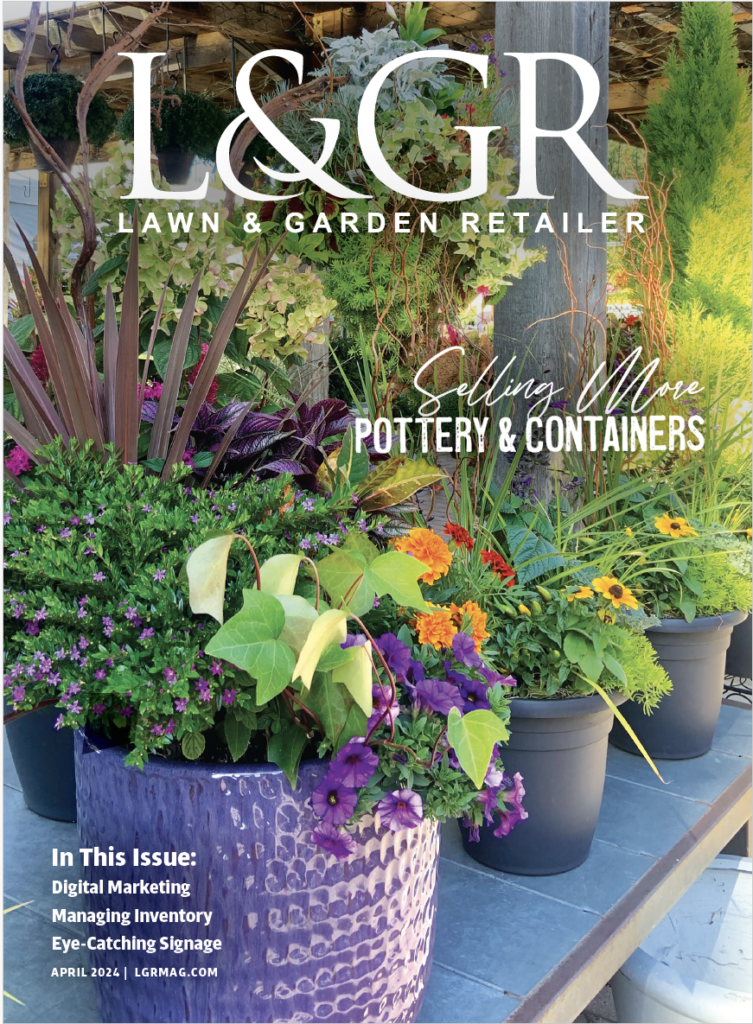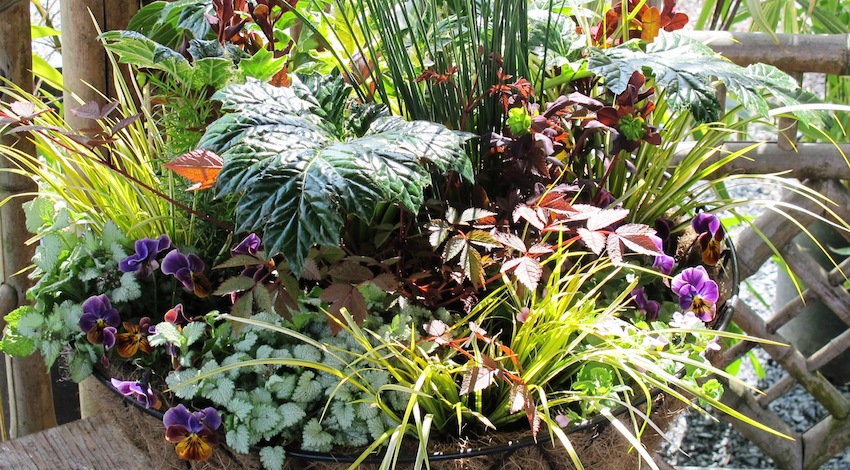
Divine Design Strategy: Finding the ‘Pain Points’ that Make Higher Quality Sales
When spring begins to burst in earnest and sprouts begin to shoot up, you can feel the energy in the garden center change each day that trucks start rolling in with new product.
From the bare root plants, sawdust beds getting ready for new trees, spring bulbs and, my personal favorite, the signature scents of spring here in the Paci c Northwest of the hyacinth, sweet box and early daphne all perfuming the crisp clean air at the same time. It’s heady stuff that spring magic
Yet it can be hard to focus on those early season customers when we’re so ravaged by the tick-tock alarms going off in our heads about how much we need to get done before Mother’s Day.
The customers who come in to visit in February, March and April are often an intrepid bunch and frequently eager to get going and get things done. Container design customers in particular!
 Discovery
Discovery
For years, I had one such customer who was always the rst person in spring who insisted on getting her spring pot done for a family Easter event at her home every year.
She was a very nice lady and incredibly easy to make happy, so it was a pleasure to drop everything that seemed like it was urgently needing to get done and simply focus on how I can make this container design showy for her.
I did however, go through the “Design Discovery Process” and ask the questions to get almost all of the other pertinent info; I wasn’t totally out of my mind yet!
Even a client with no directives may have hidden needs that are important to discover. So here are a few questions to ask:
- Do you have colors that you LOVE? HATE?
- Are there any plants that you simply MUST have or MUST never have in your container design?
- Will you be OK with doing some minor maintenance, such as deadheading, fertilizing etc.?
- Where will this pot sit? Sun, shade, partial? On concrete, a deck, a dock?
Now the funny thing is that she brought me this sad former hanging coco-coir lined basket where the hanging parts had been removed as she liked it much better sitting on a large pedestal in her garden as the focal point at the end of a path.
This poor thing had seen better days and when I first got it, the coco-liner was in bad shape and I couldn’t get a replacement in time, so I had to line it with plastic just to make it hold together. But, she was happy nonetheless!
This nice customer never asked me to adhere to a price point and, frankly, I never asked initially. I was just so slammed with projects, I was focusing on her directive to “just make it pretty!” Oh, and the best part, of course it was in shade too. Not always an easy task in freezing cold early spring with no coleus, no begonias, no impatiens. You get the drift, but as usual I’m always up for a design challenge.
The major thing I did find out in the discovery process was that she had what I’m going call a “pain point.”
If you know anything about sales at all, then you know that 90 percent of sales is finding out how you can solve the customers problems, quickly, efficiently and hopefully with good design in mind and gently finding and pressing on that “pain point” can help a lot.
The pain point was the problem that she needed me to help her solve. This may sound familiar to many of you: “I love container gardening, I enjoy all of the colorful foliage and flowers, but I want something that will last a little longer than just a bunch of annuals.”
In other words, “I don’t want to spend very much and have nothing to show for it.” DING! DING! DING!
Prepare Your Staff
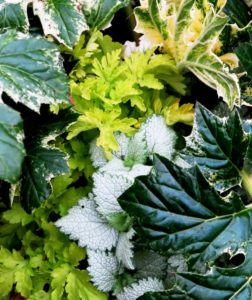 This is the crux of my design sales strategy. Having a gameplan in your training background for what scripting to bring out when customers approach you with various pain points.
This is the crux of my design sales strategy. Having a gameplan in your training background for what scripting to bring out when customers approach you with various pain points.
This is something every garden center should practice. It doesn’t have to be an embarrassing role play exercise in a staff meeting. It can be as simple as a game that everyone plays.
On the fly, in two seconds, anyone can randomly think of a scenario that presents a sales and design challenge and offer it up to a co-worker to solve. Because that is how it goes in real life, right?
You need to be mentally prepared with ideas for how you would handle various scenarios in sales and have an action plan for how to address it so that it just becomes second nature.
For example, if I walk by a table full of crazy expensive collector’s plants,
I pick one up, carry it over to my co-worker Susan and quickly ask her to think of three reasons why I NEED this plant in my life and what plants she might pair with it to show me.
This hugely enlightening method may only take two minutes and
tell you an incredible amount of information about Susan and her sales style as well as her design preferences and where she might have some holes in her suggestions that could be taken up a notch.
Then I may take the same plant to another employee and ask, “What are three alternatives to this plant that I’ve fallen in LOVE with, but it’s wrong for my light conditions?” Or “I have these little annuals and I want something more that will last to go with them, what do you recommend?”
That last one may seem like an entirely obvious training point, but it’s actually the far trickier one to address and this is where the real practice comes in, not to mention sales opportunities for the whole nursery.
We’re always looking for ways to boost our long-term, relationship- based, repeat sales and this is one way to do just that!
The Next Level
In the case of my wonderful customer above, I took her to an idea that she had never considered before.
To address her concern about not ending up with just a bunch of annuals, I heard her need for more
substance, and I asked her if the shade garden where her planter sat on the pedestal had many plants that bloom or looked great in early spring?
I knew that she didn’t, or this particular planter wouldn’t be such a time sensitive issue because it was the ONLY interesting color in that part of the garden for her party.
We just found her “hidden pain point” without her even knowing it, and now we have a strategy for going forward for long-term sales with her!
In many cases, the customer doesn’t even realize that there were other options. The solution? “Why don’t we simply begin by adding early spring perennials to your container each year that you can then plant
in that part of your garden and over time ll in this section so that they are there come spring each year when you have this party?”
Now we have a customer who sees this whole process as not about spending more than she intended to get this container designed, even though she is spending much more, but that she is getting a giant value because I’m looking out for her and her lovely garden to look its best when she needs it to.
I don’t even have to remind her of this pain when she brings the same basket back again the following year at the price of $150 to $175. Now it’s all about what more we can do for this garden and not just this container.
She has upgraded her container in the following years and has enthusiastically spent considerably more with me ever since!

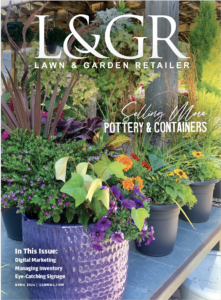
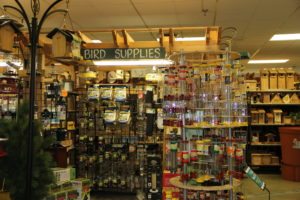

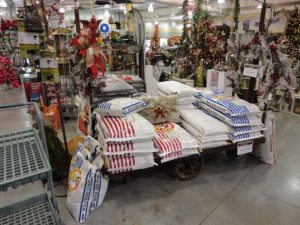
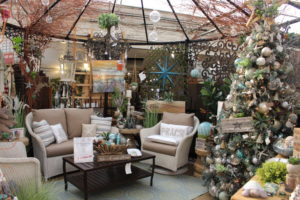
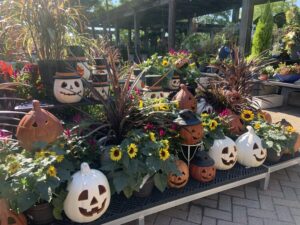

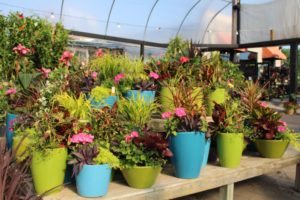
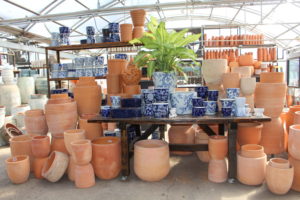
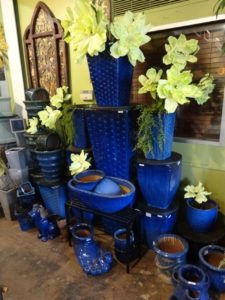
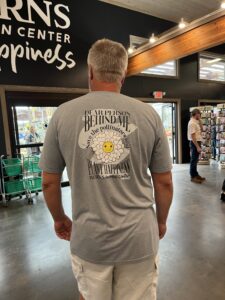
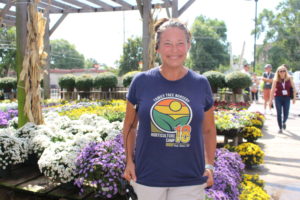

 Videos
Videos




